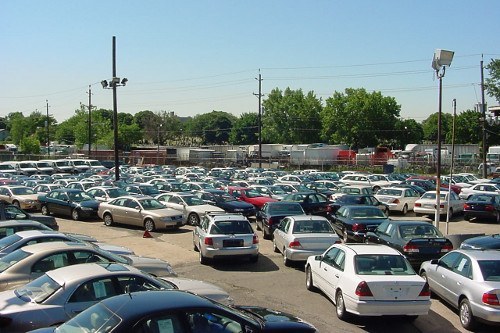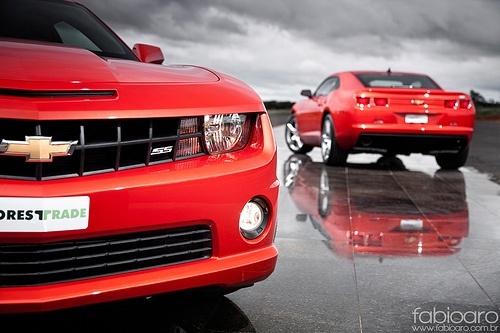Guest author Vince Evans was a light mechanic and auctioneer until he went back to his old love, writing. Rather than shouting at North Easterners at auto auctions, he prefers to write about the New Jersey used car dealers which is less stressful trade.
Every year PPG unveils its findings for the most popular car colors worldwide, and broken down by major geographic locations such as North America, Europe, and Asia. And every year I blow a gasket. We humans, as a majority, are boring beings who apparently think that white and eggshell white count as different colors. No, they aren’t. They’re both white. Fittingly enough, the color white is the most popular color in the world!

This color report from PPG breaks down the findings and here are the North American results:
- White Cars: twenty one percent.
- Black Cars: nineteen percent.
- Silver and Gray Cars: sixteen percent each.
- Red Cars: ten percent.
- Blue Cars : eight percent
- Natural (browns) Cars: seven percent
- Green Cars: three percent
- Other Colors: Less than one percent
Now I realized the results are skewed. Car manufacturers supply thousands of white, black, silver, or gray cars to car rental companies, government agencies, and businesses who have a fleet which is one reason why these percentages are so high. Still, I don’t think this is a good enough excuse for gray and silver cars making up 32 percent of the total. Just watch any busy intersection and you’ll see that consumers are buying these colors as well.
It’s a Choice
In the same report by PPG, 77 percent of purchasers said that color was a determining factor in their choice, yet shades (white, black, and the shades between) – not colors – make up 72 percent of the car colors sold last year. I’m terrible with numbers, but what this tells me is that people actually like to drive around in cars devoid of hue. Maybe I grew up around too many Cherry Red muscle cars, but I think that color adds as much personality to the car and driver as does the make and model of the car.

Simple Economics
While I love seeing a medley of colors passing me by on the street, I realize that economics is what governs a lot of what we see on the roads. From a distributing stand point; limiting the amount of blue, red, green, and other colors means that they can drive the price up because they create more demand for them. If there were an equal number of white, black, red, and blue cars it would be harder to charge a premium price for the colored cars, but when there are 30 white and black cars, and only one or two blue and red cars all of a sudden the colored cars are special in the eyes of the consumer.
As stated above, 77 percent of purchasers said color was very important in their buying process. While this survey was given to consumers looking at new cars, it’s also true for used cars. Color comes down to a matter of taste, and the numbers show that neutral colors or shades appeal to a wider market than unique colors. This is important to look at if you’re planning to sell your used car. It’s hard to say what affect color has on used cars since people are usually looking at the specs, but take a look at any used car lot or auto auction and you’ll see the majority of cars are black, white, or neutral colors with very few bright or “unique” colors in the mix. For example, this is picture of our lot last summer and, as you can see, the color options are a bit monochromatic.
If you want to argue that there are millions of colors and a wide diversity of colors on the road, I think you’d be better served reading an article like this that breaks down how color is measured. I’m not one to delve into the science of color or color theory; I just know that I want to break away from the doldrums that makes up the color options in our market.




